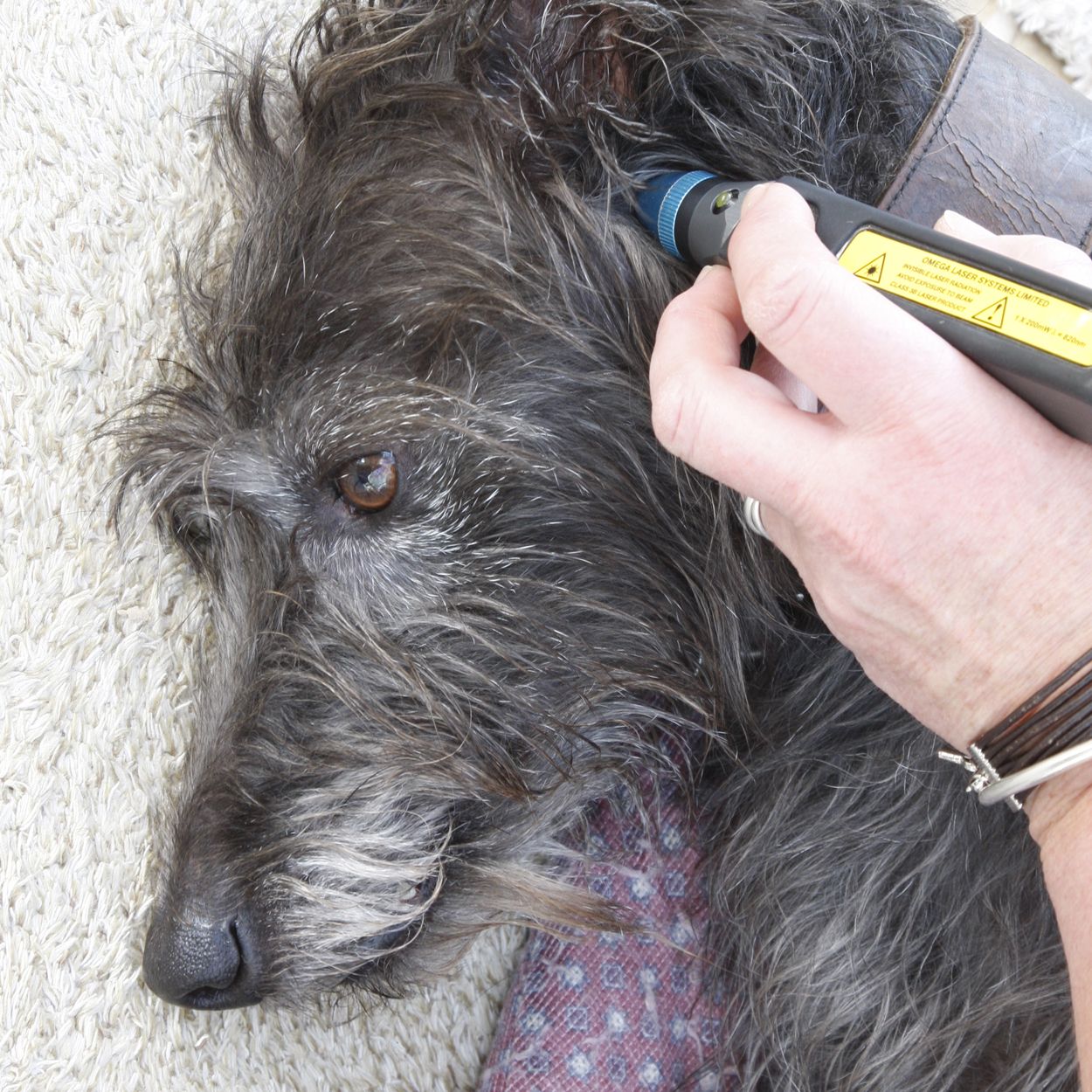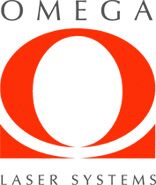How laser can help
Laser phototherapy systems within small animal practices tend to be in great demand because of their wide range of useful applications. Whether it's reducing inflammation in joints, bringing chronic non-healing wounds to resolution or optimising recovery in acute cases of injury to skin, muscle, tendon or ligament, the treatment is quick and the benefits of low level laser rapidly become obvious.
It is an excellent tool for post-surgical healing. Usable over pins and plates with research showing its positive effects on the re-growth of both bone and nerve as well as soft tissue.
Non-invasive, drug-free and affording pain relief, LLLT is well-accepted by patients. Animals often visibly relax during treatment - a result of both reduced pain through nociceptor modulation and the therapy's demonstrated ability to increase endorphin release. This combination is particularly effective for tackling anxiety related behaviours such as lick granuloma and feather plucking.
Trigger point stimulation and laser acupuncture are also possible with an Omega system offering an effective alternative to needling and making acupuncture a practical option in this field.

Recommended Package for Veterinary (Small Animals)
What's included:
- Xp (or Xp Clinic) Control Unit
- Small Multi-Wavelength Cluster
- Infra-red Single Laser for pain and healing
- Red Single Laser for healing
- Point-Finder Kit
- 2 Pairs of Protective Glasses
- Training

“We have been using an ‘Omega’ laser for the last few years and we are constantly amazed at the conditions it can help …from post-op (helping with inflammation, pain relief and hair regrowth and healing) to non-healing wounds and chronic infection, longstanding arthritic conditions and traumatic injuries and sprains …we wouldn’t be without it now!”
Some Relevant Research
Wound Healing of Animal and Human Body Sport and Traffic Accident Injuries Using Low-Level Laser Therapy Treatment: A Randomized Clinical Study...
...Conclusion: In addition to accelerated wound healing, the main advantages of LLLT for postoperative sport- and traffic-related injuries include prevention of side effects of drugs, significantly accelerated functional recovery, earlier return to work, training and sport competition compared to the control group of patients, and cost benefit.
Histological assessment of the effect of laser irradiation on skin wound healing in rats
...As compared to non-irradiated control wounds, laser stimulation shortened the inflammatory phase as well as accelerated the proliferative and maturation phase, and positively stimulated the regeneration of injured epidermis and the reparation of injured striated muscle. CONCLUSION: LLLT at 670 nm positively influences all phases of rat skin wound healing.
Contact us
Contact Omega to discuss the application of laser in your practice.
Call +44 (0) 1787 477551 or email info@omegalaser.co.uk




